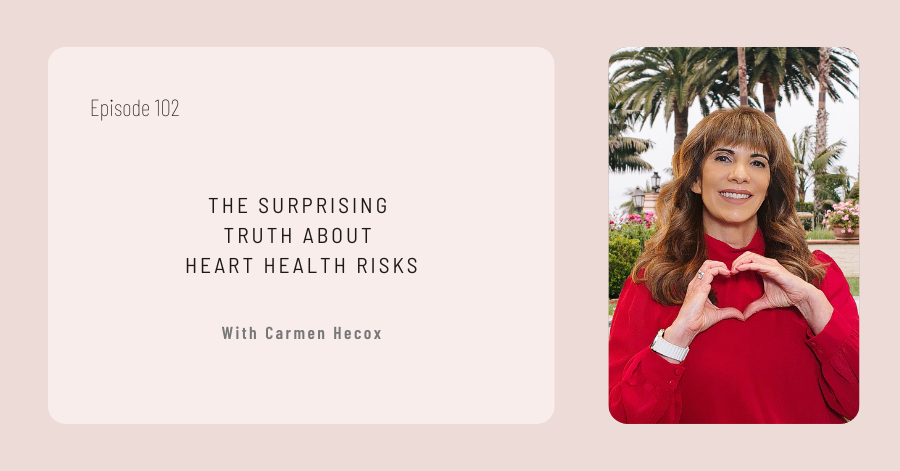The Surprising Truth About Heart Health Risks
Why Women Face Greater Dangers Than They Realize
I nearly jumped out of my chair when I first realized how much we rely on the silent pump at our core and how few of us fully understand the hidden Heart Health Risks we face every single day. Just like an old oil pumpjack, it can overproduce in its prime and then give out when we least expect it. When I think about my heart that way, it feels like a gentle wake-up call, urging me to tune in to my body before it’s too late. Our hearts work tirelessly, day and night, and it’s easy to forget that they need consistent maintenance, just like that aging pumpjack. The rust is subtle at first, but over time, it can compromise the entire structure.
In this piece, I plan to walk you through the significant points that I explored while diving deep into heart health: how women’s heart attack symptoms often look very different from men’s, the many risk factors for heart disease, the basics of understanding cholesterol, steps for prevention, and why focusing on these elements can make a massive difference in your quality of life. By the end, I hope you’ll feel better equipped to protect your own heart and the hearts of those you love.
Understanding the Hidden Signs of Women’s Heart Attacks
I’ve been amazed at how often women experience heart attacks without the dramatic, crushing chest pain that so many of us associate with cardiac events. While chest pain is still the most common symptom in both men and women, the way women describe this pain can be very different. In many cases, we report a tightness or a sense of pressure in our chest rather than intense pain. Even more surprising, some of us never have that classic chest discomfort at all.
Subtle Symptoms That Can Save a Life
- Neck, Jaw, Shoulder, or Upper Back Pain: I never realized these could be signs of a heart attack in women until I dug into the data. Sometimes, a dull ache or tightening in these areas can be your body’s way of alerting you to something more serious.
- Shortness of Breath: Women sometimes write this off as anxiety or stress, especially if it occurs at rest.
- Nausea or Vomiting: It can feel like food poisoning or a bad case of indigestion, but when combined with lightheadedness, it’s worth considering heart trouble.
- Sweating and Dizziness: A sudden onset of cold sweats, clamminess, and unsteadiness can be a red flag.
- Fatigue or Weakness: I often used to think fatigue was just part of a busy schedule. Now, I know that unexplained exhaustion, particularly when combined with other risk factors, could be a sign of cardiac strain.
It’s especially important to note that many of these symptoms manifest while we’re resting or asleep. This unpredictability can make it more challenging to identify and respond quickly. Women can also have heart attacks without a major blockage in the coronary arteries, a condition sometimes referred to as non-obstructive coronary artery disease. Understanding these nuances helps us stay vigilant and encourages us to trust our instincts when something feels off.

Recognizing Key Risk Factors for Heart Disease
Through my research and personal conversations with healthcare professionals, I’ve learned that the risk for heart disease can be surprisingly varied. Some we can influence; others are baked into our genes. Either way, being informed is half the battle.
High Blood Pressure and Cholesterol
- High Blood Pressure: I’ve discovered that “normal” blood pressure is less than 120 systolic (the top number) and less than 80 diastolic (the bottom number). Once you’re above 130/80, you’re in the territory of Stage 1 high blood pressure. It doesn’t always come with obvious symptoms, which is why regular checks are essential.
- High Cholesterol: This is where LDL, HDL, and triglycerides come into play. I used to get lost in the maze of terminology, but I’ve come to understand that LDL (low-density lipoprotein) is typically the bad kind, HDL (high-density lipoprotein) is the good kind, and triglycerides are the type of fat stored in our bloodstream. I’ll unpack these further in a moment.
Lifestyle Factors
- Smoking and Tobacco Use: I never smoked myself, but I’ve been around plenty of people who do. Each puff can have a direct negative impact on your arteries, so quitting as soon as possible—or never starting—is one of the best ways to lower heart disease risk.
- Obesity and Physical Inactivity: Carrying extra weight, especially a BMI over 25, strains the heart. Pair that with not getting enough movement, and the risks multiply. Setting a realistic goal of 30 minutes of exercise five days a week is a fantastic place to start.
- Stress and Depression: These can raise cortisol levels, increase blood pressure, and contribute to unhealthy eating and sleeping habits. I’ve found that daily relaxation techniques like deep breathing and yoga help me immensely.
Medical and Familial Elements
- Diabetes: Elevated blood sugar damages blood vessels, making it easier for plaque to build up in arteries. Regular A1C or blood glucose testing goes a long way in keeping track.
- Menopause: With declining estrogen levels, women are more prone to small vessel heart disease. It’s a natural stage of life but one that requires more attentive cardiovascular care.
- Family History: If a parent or sibling has experienced heart disease before 60, you might have a higher risk. I encourage everyone to learn their family health history and discuss it with a doctor.
These risk factors don’t exist in isolation. For many of us, it’s a combination of genetics, lifestyle, and other health conditions that contribute to our overall risk. When I discovered how intertwined these elements are, I found it both humbling and empowering. It reminded me that every little change I make—like improving my diet or getting an extra walk in each day—can help my heart function at its best.
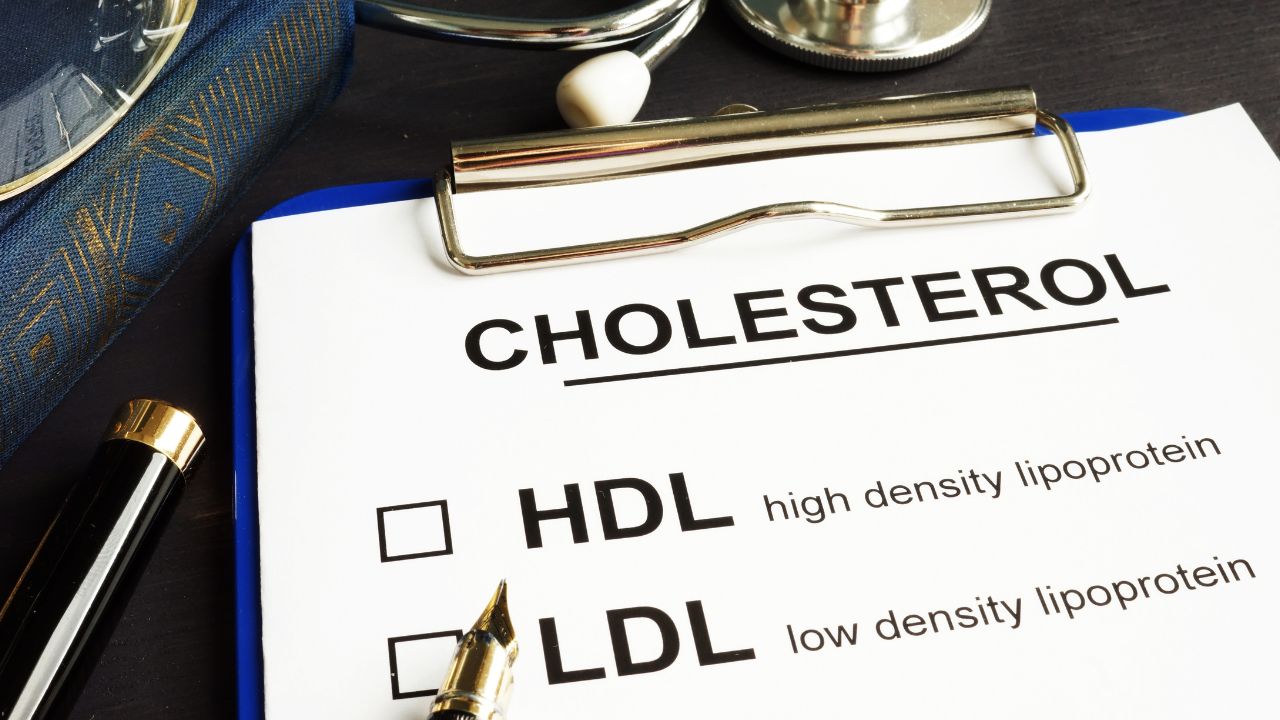
Decoding Cholesterol Levels for a Healthier Heart
I used to cringe whenever anyone talked about cholesterol. LDL, HDL, mg/dL—it felt like I was reading a foreign language. So, I decided to simplify it for myself.
LDL, HDL, and Triglycerides Explained
- LDL (Low-Density Lipoprotein): Called “bad” cholesterol because when LDL is high, it can build up in the arteries, forming dangerous plaque. Doctors usually want this under 100 mg/dL, though 100 to 129 mg/dL is still considered near optimal.
- HDL (High-Density Lipoprotein): Known as the “good” cholesterol because it carries the excess cholesterol from your bloodstream back to your liver for breakdown. For women, higher than 50 mg/dL is often considered protective.
- Triglycerides: These are stored fats in the blood, providing energy but also contributing to heart disease if levels are too high. Under 150 mg/dL is generally the recommended threshold.
Total Cholesterol and Testing
Your total cholesterol sums LDL, HDL, and (indirectly) triglycerides. A reading under 200 mg/dL is desirable, with 201 to 239 mg/dL being borderline high. Your doctor might ask you to fast before testing, so it’s always a good idea to check on those specific instructions.
I used to wonder if I should just avoid all fat, but not all fats are created equal. Unsaturated fats found in foods like avocados, nuts, and seeds can help raise HDL levels, while saturated and trans fats in processed snacks are more likely to elevate LDL. When I discovered these facts, it shifted my perspective on how to craft balanced meals.
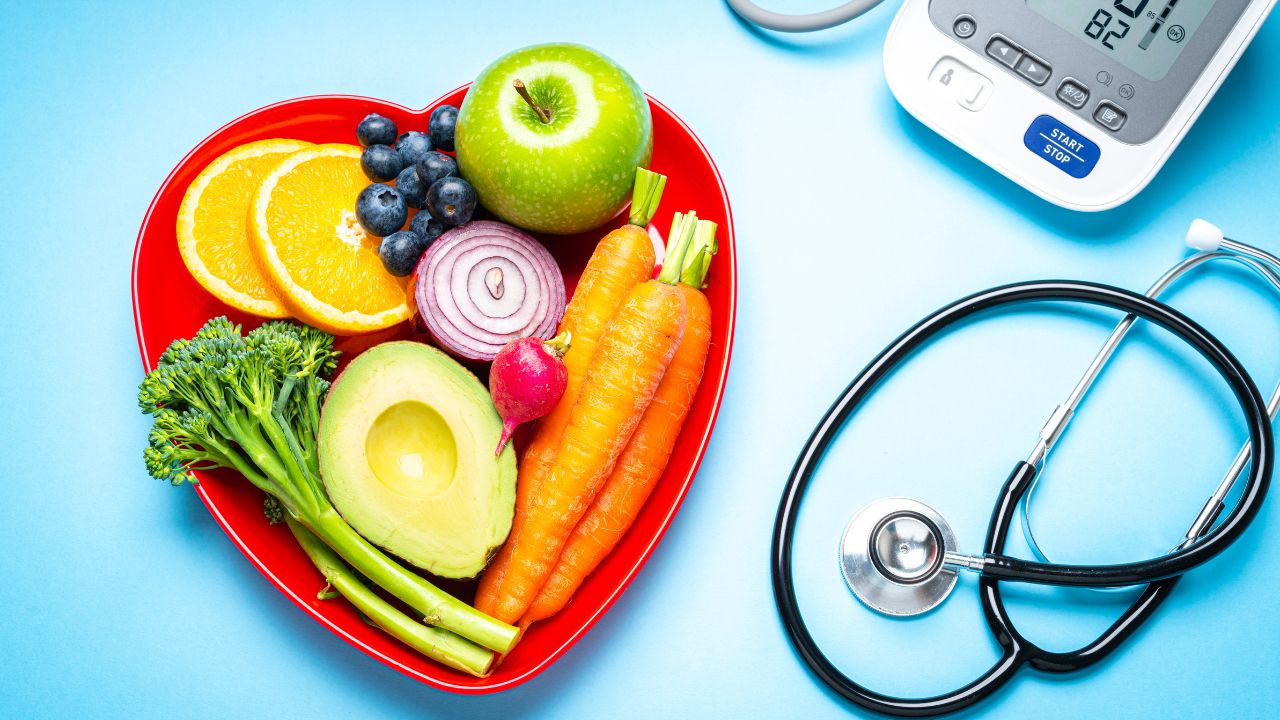
Proactive Steps for Better Heart Health
Once I realized how many women have no idea they’re at risk, I wanted to share everything I learned as loudly as possible: prevention is possible, and it’s often simpler than we think. It starts with everyday decisions that add up over time.
Creating a Heart-Healthy Diet
- Focus on Whole Foods: I gravitate toward fruits, vegetables, whole grains, and lean proteins like fish or poultry. I also pay close attention to serving sizes, which the MyPlate method explains in a way that’s easy to follow.
- Avoiding Excess Salt and Sugar: High sodium can raise blood pressure, while sugary foods spike blood sugar. Moderation is key here.
- Reading Food Labels: This has been a game-changer for me. I used to ignore labels, but now I check for saturated fat, trans fat, and added sugars, all of which can negatively impact heart health.
Making Movement a Daily Habit
I personally love going for brisk walks in the morning, especially when the sun is just coming up. Aim for at least 30 minutes of moderate exercise most days of the week—walking, swimming, yoga, or even gardening. Every little bit of movement helps strengthen the heart, keep blood pressure in check, and maintain a healthy weight.
Managing Stress and Mental Health
Chronic stress can take a serious toll on heart health. I’ve embraced techniques like mindfulness meditation and deep breathing. Even just a few moments of stillness can do wonders for lowering cortisol levels. For anyone struggling with depression or anxiety, it’s vital to consider professional help.
Getting Enough Sleep
Aiming for seven to nine hours of quality sleep each night is more essential than I ever imagined. Poor sleep disrupts hormone levels, affects appetite control, and can lead to higher blood pressure. I try to keep a consistent bedtime and limit screen time before turning in.
Join our community
Connect with like-minded individuals.
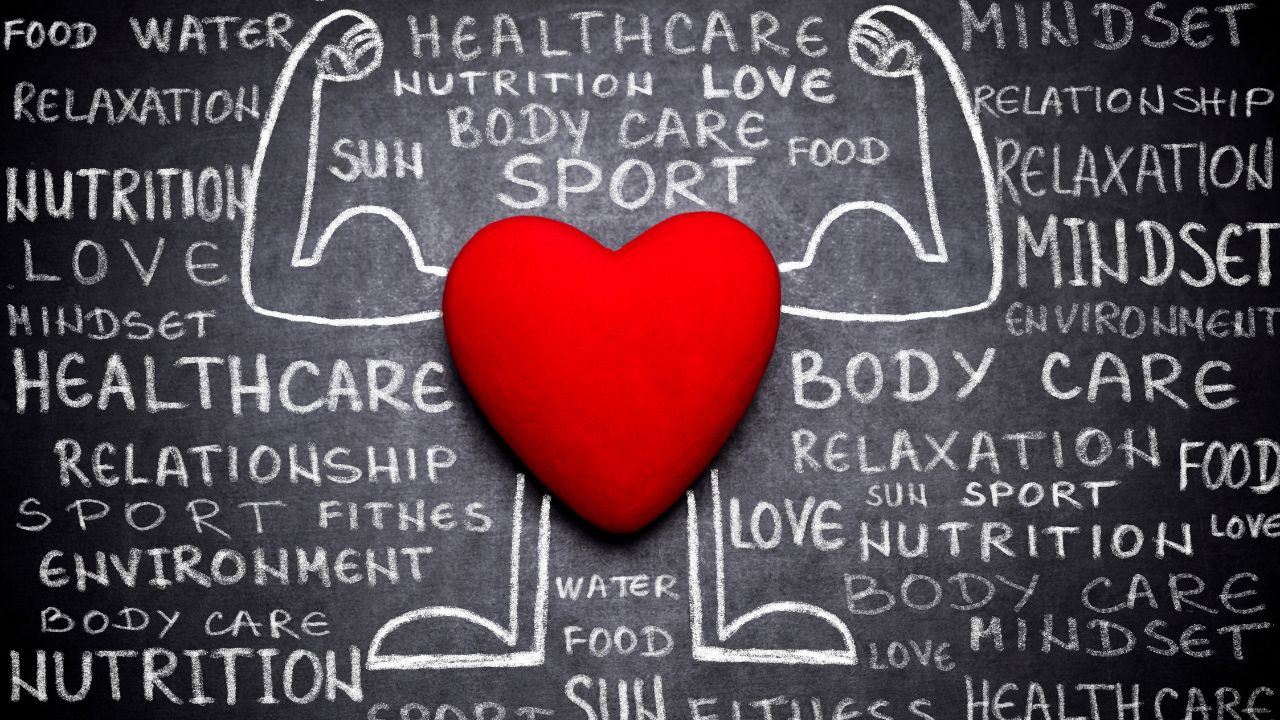
Embracing a Heart-Conscious Lifestyle Over 50
As I moved into my 50s, everything about health seemed to become more critical. We often focus on the visible signs of aging—our skin, joints, or energy levels—but the heart also experiences changes that deserve our attention.
Navigating Menopause and Beyond
Lower estrogen levels around menopause increase the likelihood of developing small vessel disease, making it crucial to monitor heart health even more closely. This might mean scheduling more frequent check-ups or tweaking your diet and exercise routine.
Cultivating Sustainable Habits
The biggest lesson I’ve learned? Crash diets and extreme workout regimens may offer short-term gains, but they rarely stick. It’s the smaller, more consistent changes—like substituting whole grains for refined ones, introducing 10-minute walks after dinner, or opting for a restful meditation session—that create lasting improvements in heart health.
Building a Strong Support Network
It helps to have friends, or family members join you on the journey to better heart health. Sharing progress on daily exercise, meal planning together, or simply keeping each other accountable can be incredibly motivating. I also recommend exploring online communities or local groups where you can exchange tips and experiences.
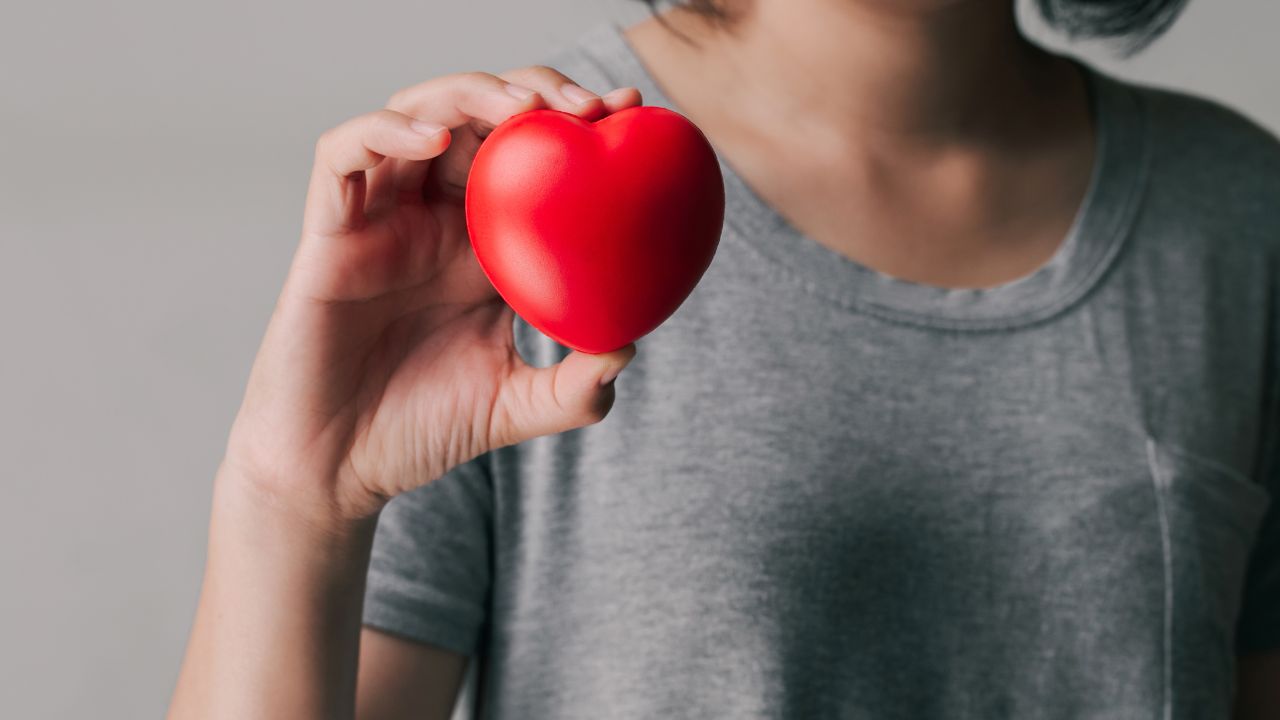
Reflecting on the Importance of Heart Health Awareness
One of the most powerful insights I’ve gained is that heart disease is the leading cause of death in women, surpassing even breast cancer. This fact shook me. After all, we often associate heart attacks with men, and we’re more vigilant about mammograms and monthly breast self-exams. Yet the heart demands at least the same level of attention.
I also learned that heart health doesn’t just affect our physical well-being; it influences our emotional and mental health. When our hearts aren’t functioning properly, we may experience fatigue, shortness of breath, and a general sense of unease. Over time, these conditions can impact our mood, our relationships, and our ability to engage in activities we love.
There’s something profoundly empowering about becoming proactive. Through simple steps like scheduling regular doctor visits and making healthy food choices, I feel more in control of my destiny. I once believed heart disease was a random event that might strike out of nowhere, but the reality is that many cases can be prevented or managed through informed decisions and consistent habits.
Final Thoughts and Next Steps
Maintaining a healthy heart is about more than avoiding a worst-case scenario; it’s about thriving. Every heartbeat we have is a reminder that we’re alive and capable of experiencing life in all its richness—whether that means chasing after grandchildren, traveling the world, or simply enjoying the little daily moments that bring us joy.
I encourage anyone reading this to take a fresh look at their own habits, risk factors, and mindset around heart health. It might feel daunting to overhaul everything at once, but small changes truly do add up. Even just one extra glass of water daily, a 10-minute stroll around the block, or a call to a loved one to chat about stressors can nudge us toward a healthier direction.
If you found these insights helpful, I’d love for you to join my circle of readers by signing up for my email list. By doing so, you’ll be the first to hear about new episodes, upcoming events, and any fresh tips that might help you continue down this path of well-being. It’s a friendly place to stay connected with what I’m exploring and learning, and I hope it serves as a resource for you, too.
Remember, every choice you make today has the power to shape a healthier tomorrow—for your heart and your whole self. Thank you for spending this time with me, and here’s to taking care of that beautiful heart so it can keep on beating strong.
Watch the complete episode here.
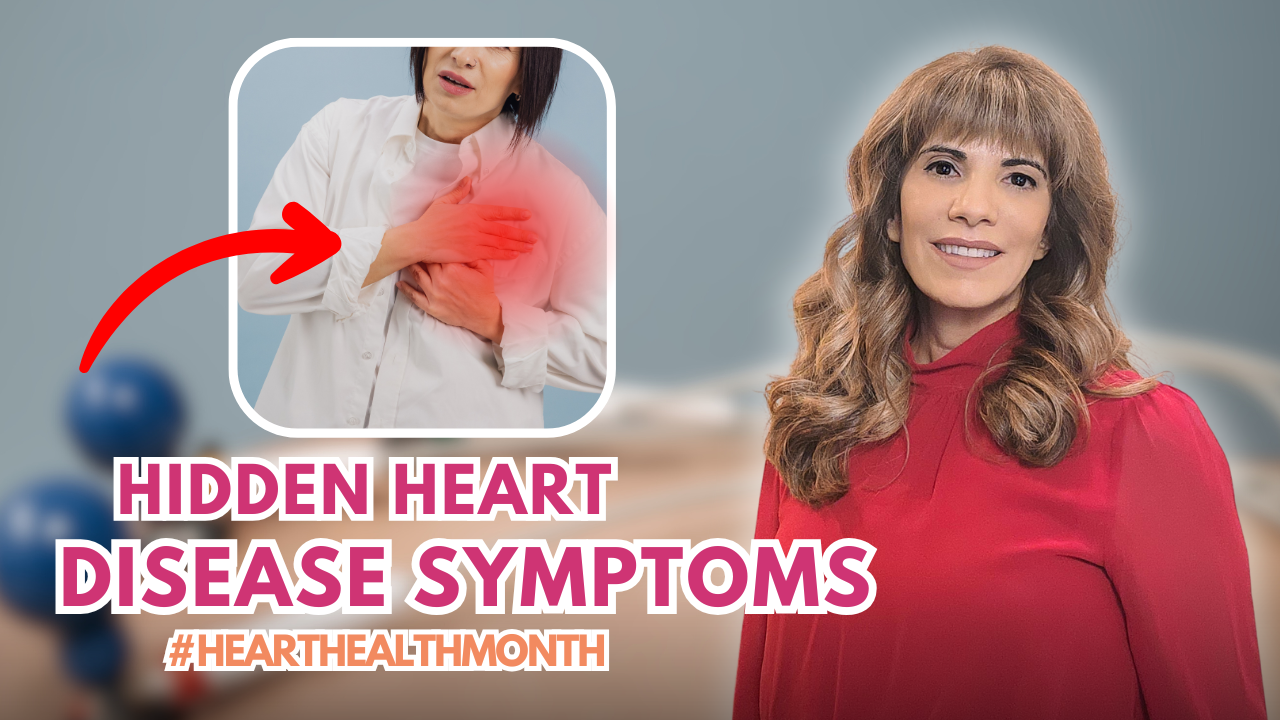
Resources Mentioned:
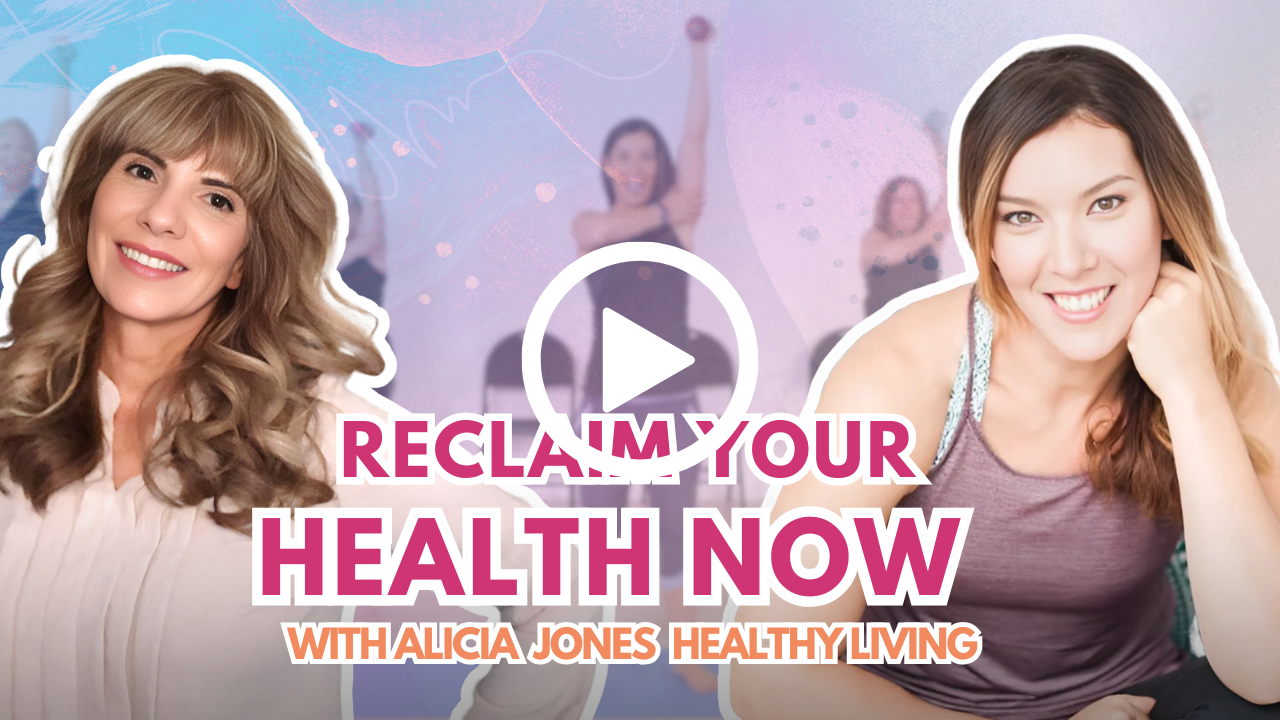
Subscribe to Apple Podcasts, and don't forget to Rate and Review
Like what you heard? If so, please rate and comment on Apple Podcasts. And while you are there, let me know what you want to hear next.
And while you are there, don't forget to hit Subscribe.

